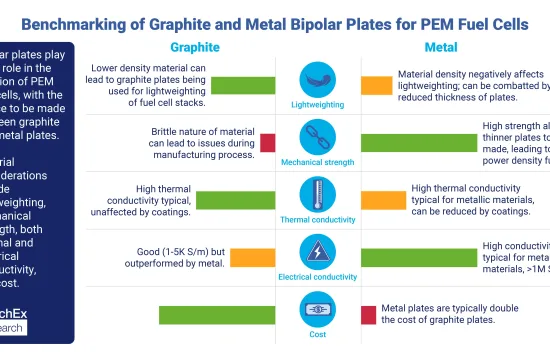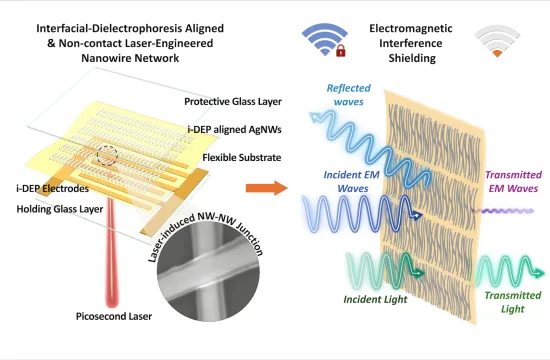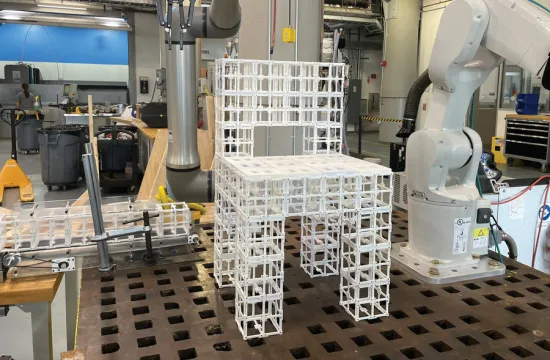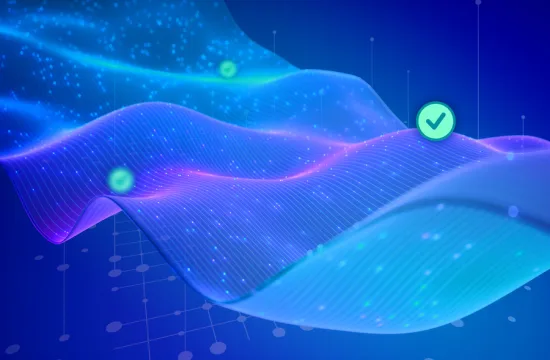
LAWRENCE — A fresh perspective on workplace communication is emerging from the University of Kansas, where two scholars have introduced a new theory that better reflects how people interact with modern technology on the job.
In their article, “Socio-Technical Exchange with Machines: Worker Experiences with Complex Work Technologies,” published in the Human-Machine Communications Journal, Cameron Piercy, associate professor of Communication Studies, and Reaia Turner-Leatherman, a former KU McNair Scholar now pursuing graduate studies in couple and family therapy at Kansas State University, explore how workers engage with the complex technologies that shape their daily tasks.
Drawing insights from interviews with nearly two dozen individuals across diverse professions, the authors propose a new framework—Socio-Technical Exchange (STE)—as a more fitting alternative to the long-standing Social Exchange Theory (SET) in the context of today’s tech-driven workplaces.
“Social Exchange Theory dates back to the 1960s,” Piercy explained. “It’s widely cited because it offers a logical model: people seek rewarding interactions and avoid costly ones. That applies to coworkers—and increasingly, to the technologies we use.”
The study reveals that workers develop what the authors call “machine heuristics”—mental shortcuts or beliefs about the usefulness and limitations of different technologies. For example, machines are often valued for their consistency and objectivity, but seen as lacking in nuanced judgment. “We trust machines to answer simple questions,” Piercy noted, “but we wouldn’t want one deciding who gets hired.”
However, the researchers argue that our relationship with machines is more nuanced. Repeated use leads people to form specific beliefs about a machine’s strengths and weaknesses, shaping how they assign tasks between human and machine collaborators.
Despite the enduring value of “human uniqueness,” the study found that preferences shift depending on the nature of the task. When expertise and efficiency are critical, people tend to favor human coworkers. But for straightforward or potentially awkward queries, machines are often the preferred partner.
Because machines don’t evaluate or judge their users, traditional SET doesn’t fully capture these dynamics—hence the need for the STE model.
Piercy emphasized that the study was conducted in 2022, prior to the widespread adoption of AI tools like ChatGPT. Still, the findings suggest that people already perceive a sense of interdependence with machines and form stable mental models of both human and technological collaborators.







